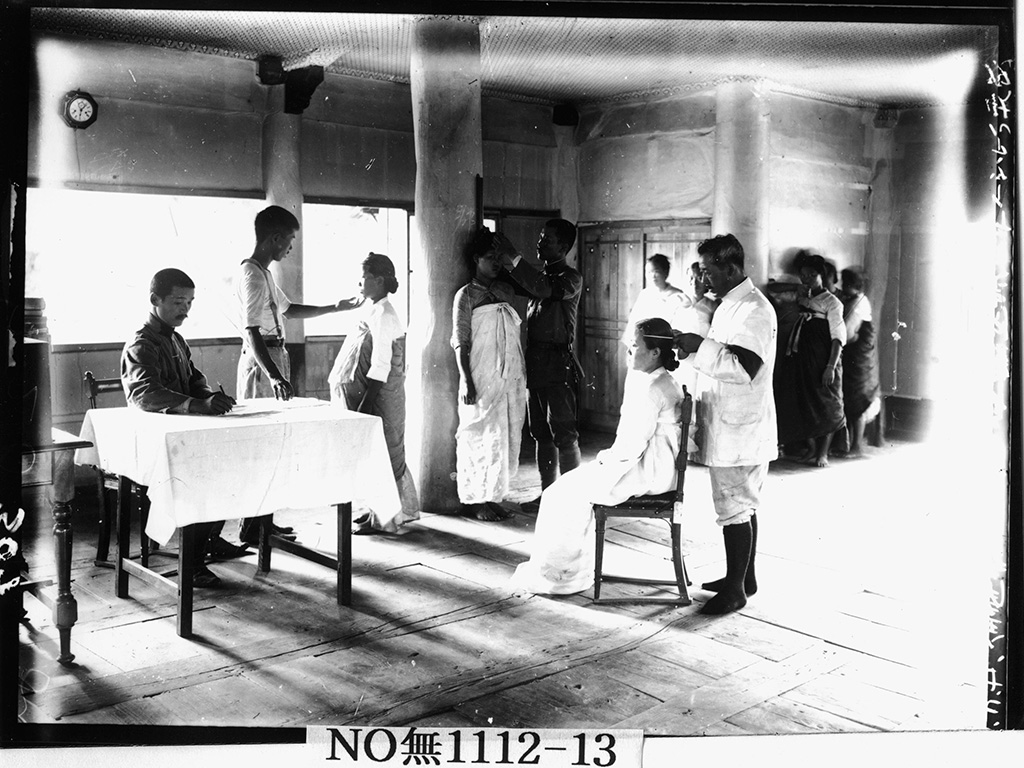Colonizing Korea: Historian investigates role of physicians in Japanese empire’s plan to assimilate nearby nation

A Texas A&M University historian will use a federal grant to complete a manuscript describing the lives and perspectives of Japanese doctors during Japan’s 20th century colonization of Korea.
The grant comes from the National Endowment for the Humanities.
“Korea is now an independent country divided between North and South,” Hoi-eun Kim, associate professor in the Department of History, said. “But before it was divided, from 1910 to 1945, Japan made Korea a settler colony. Over the course of those 35 years, hundreds of thousands of Japanese actually moved over to Korea. By 1945, there were about 800,000 Japanese living there.”
According to Kim, who grew up in South Korea, the influx of Japanese required a military presence, a police presence and bureaucrats to support their expatriate society and help to control the Korean population.
“The whole idea of colonialism was predicated on the notion that these are ‘primitive’ people and that we, the people of ‘civilization,’ need to go and help them,” Kim said. “From 1910 to 1919, Korea existed in what’s called ‘military rule.’ Education was mostly conducted in Japanese, and by the 1940s Koreans were being forced to take up a Japanese name. These were all ways to assimilate Koreans into Japanese.”
Hand in hand with assimilation, Kim said Korea needed medical doctors, not only to ensure the physical safety of the Japanese people but also to train Korean doctors. However, another purpose of these doctors was to prove that scientifically, Koreans were “inferior” to the Japanese.
“These doctors, or imperial collaborators, were providing information, such as anatomical studies of Koreans as a race,” Kim said. “One of the unique things about Japanese colonization of Korea as opposed to American colonization of the Philippines or the British colonization of India is that there’s no racial distinction at skin level. But the Japanese needed doctors to identify and create these racial differences to justify colonial rule, which by definition assumes differences in racial hierarchy.”

